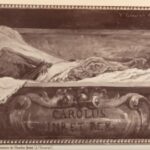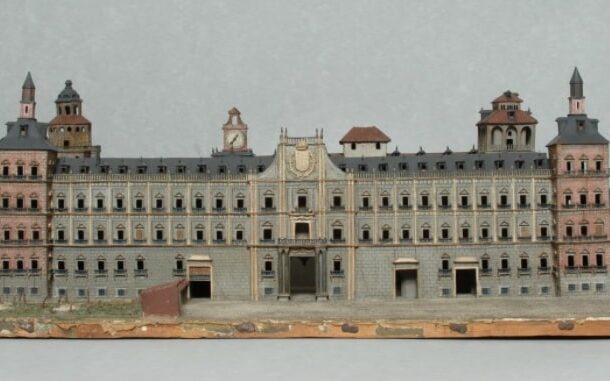Carlos V abdicated in 1555 and retired to the Hieronymite monastery of Cuacos de Yuste, in Cáceres, where he found eternal peace. After numerous fevers caused by malaria and aggravated by the gout he was suffering from, the Emperor died and had himself buried in the convent. However, his son and successor, Felipe II, ordered the transfer of his father’s remains to the new monastic construction: the Monastery of El Escorial. This arose from the Philippine need to house a family pantheon that would mark the difference between the Trastámara dynasty of the Catholic Monarchs and the beginning of a new one with Carlos V, whose descendants would be added to the Royal Pantheon as time went by.
Collection: Images
Project: 5. Power and powers in the history of Europe: oligarchies, political participation and democracy.
Chronology: XVI
Scope: Secondary Education, Baccalaureate, University
Resource type: Image
Format: Photography (205 mm x 345 mm)
Source: Museo Nacional del Prado (Madrid)
Language: Spanish
Date: 1870-1872
Owner: Álvaro Romero González (Modernalia)
Identifier: HF00441
Copyright: Museo del Prado (Madrid)
Abstract: Engraving of the mummy of Charles V during its exhumation in the 19th century
Image
Tags






